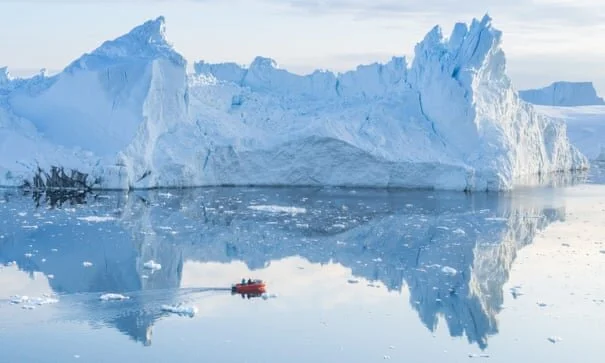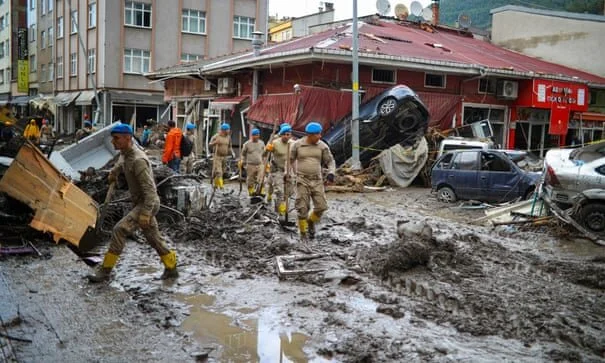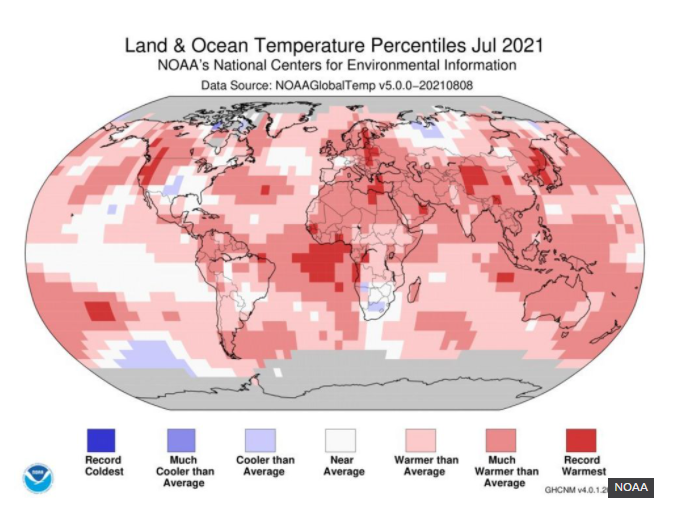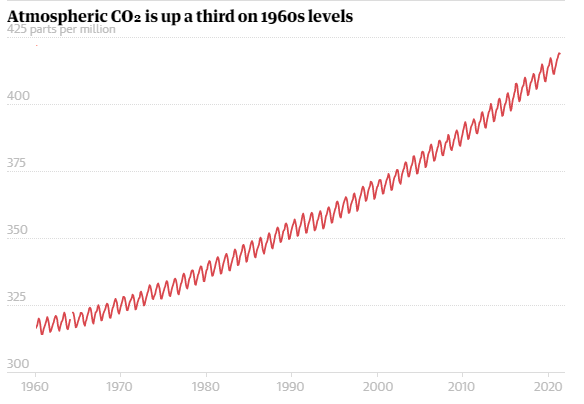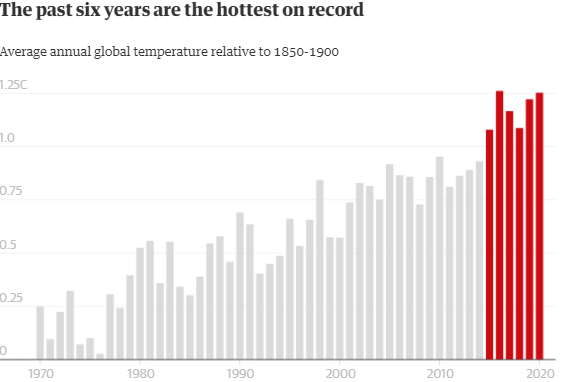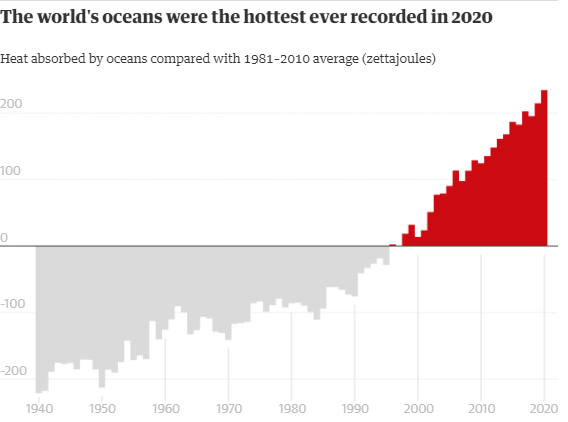Taylor Moore
Chris Newman, founder of Virginia-based Sylvanaqua Farms, on why feeding people needs to be at the heart of sustainable farming
Sylvanaqua Farms pigs are raised outdoors in forests and pastures. Photograph: Chris and Annie Newman
Chris Newman, 38, and his wife, Annie, 35, always planned to retire with a farm. But after a health scare in 2013, the couple left their jobs as a software engineer and art gallery director to found Sylvanaqua Farms, a 120-acre operation in northern Virginia that produces pasture-raised chicken, eggs and pork and grass-fed beef.
Newman has gained a sizable following online for his writing and advocacy, which focuses on producing food in ways that don’t exploit people or the environment.
Scaling up Sylvanaqua’s operations is more important than achieving perfection, said Newman. “Our goal on our farm is to responsibly produce as much food as we possibly can and just get it into as many mouths as possible, making sure that what we produce isn’t just accessible to the upper crust.
To meet that goal, Sylvanaqua has pledged to donate half its harvest to food aid organizations throughout the Chesapeake region, as part of a mutual aid program focused on people who ordinarily can’t afford high-quality meat and produce.
Newman, who is Black and an enrolled member of the Choptico Band of Piscataway Indians, spoke with the Guardian about racism in the farm-to-table movement, how indigenous practices influence the way he farms and why, ultimately, feeding people needs to be at the heart of sustainable farming.
What was the transition like when you and your wife left your jobs to start the farm?
It was awful. Basically, the transition to farming was us moving to Charlottesville, buying a bunch of chickens, buying a few pigs, and then getting this really rude awakening. There’s a lot of literature out there talking about how regular people can farm. It’s this shtick that if you work hard enough and you go direct-to-consumer and you’re creative, then you’ll be able to make it – but also they forget to tell you that they inherited a $5m estate. Everything that’s in the popular culture about these things is basically marketing.
What kind of farming practices has Sylvanaqua adopted?
If you were to come here, you would find a ranch that was overwhelmingly forest – some of it grass. You’d find us doing rotational grazing with our cattle. You’d see our pigs in the forest. You would find we have no chemical fertilizers because we range our poultry across the grass so that we don’t have to import any fertilizer
Our egg-laying chickens follow behind our cows in order to keep the fly populations down. Our hens will see a dried cowpat and they’ll scratch it open and eat larvae out of it before they’re able to hatch. That keeps our pinkeye issues down with our cattle. It keeps our costs down and keeps our animals happier without us having to resort to chemicals, medications, vets and things that traumatize animals.
And it’s not just about the ecology. When we talk about sustainability, people are almost always talking about the stuff like no till, no sprays, no GMO. It’s all technical stuff about what you do to the land, but somehow there’s no sustainability criteria in terms of people.
How is your farm really sustainable if only 1% of people can afford your food? We are actively trying to figure out how to connect the dots between what we do here and the people who’ve been left behind by the farm-to-table movement. Without that mass participation, then all we’re really doing is creating castles in the sky.
How does your Black and indigenous heritage factor into how you farm?
I’m not focused on owning land. I think that’s actually one of the big ways that my indigenous heritage expresses itself in the way we do business – I’m not looking to own or accumulate. I just want access to that land in order to feed people, because for us, that’s the point of landscape – to sustain people.
Sylvanaqua Farms sells pasture-raised eggs and chickens. Photograph: Chris and Annie Newman
The rest of it is probably a bunch of weird neuroses around farming and agriculture, because people of color, especially Black people, ran away from farms for a reason. We were chased away at gunpoint, basically. My maternal grandfather, who was the last farmer in my family, was determined that none of his kids would be farmers, even though he was very successful at it. He had people paint swastikas on his tractors.
Sylvanaqua Farms sells pasture-raised eggs and chickens. Photograph: Chris and Annie Newman
With all the issues that permeate the sustainable food movement, how have you done things differently to not replicate those issues?
Going after scale has turned me into a kind of a black sheep for the movement because sustainable farming is supposed to be all about being small. It’s supposed to be about not integrating because there’s this idea that anything that JBS or Smithfield or Cargill does, we must not do.
We’ve been at this farm-to-table movement, “let’s revolutionize the way we do agriculture” thing for the better part of 50 years now and where are we?
If we’re about feeding everybody in this country and ultimately in this world – in a way that arrests climate change and fundamentally changes our economic and spiritual and physical relationship to food – we have to be a little tougher. We can’t be so self-congratulatory.
How should farmers think about climate resilience?
The deeply unsatisfying answer that I give people about this is that I don’t think there’s anything that an individual farm can really do to affect climate change. The problem with agriculture, as it relates to climate, is that we’re producing way more food than we need.
Farmers are being bankrolled by public money to grow stuff that nobody wants, especially corn. We grow lots of food, but we end up just throwing most of it away or funneling it through livestock that don’t really even need it to grow. We’re outrageously inefficient with it.
The ultimate thing that we do that creates a climate-friendly model is knowing why we’re producing food, who we’re producing it for, and making sure it gets to them. That’s what fundamentally matters – it’s not about technology, it’s not about techniques, it’s about people.








